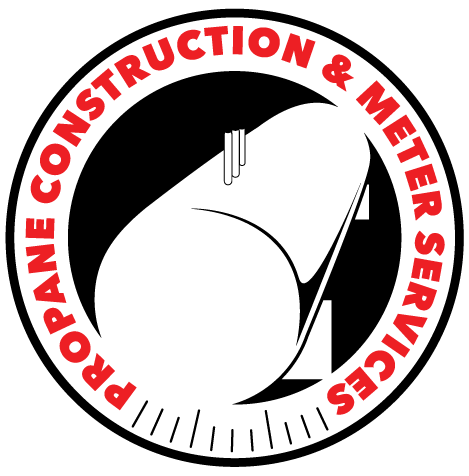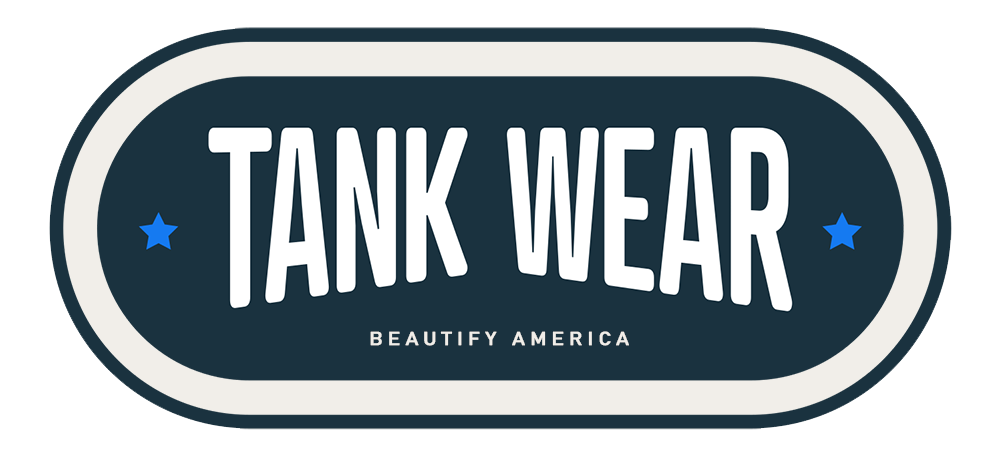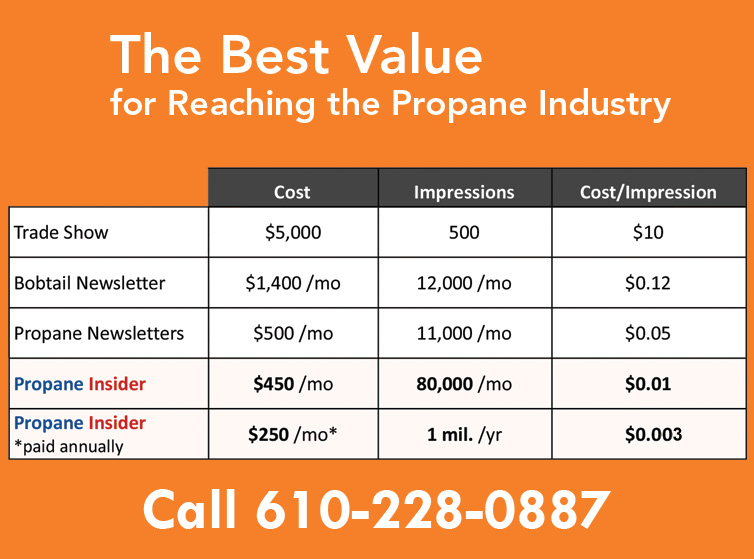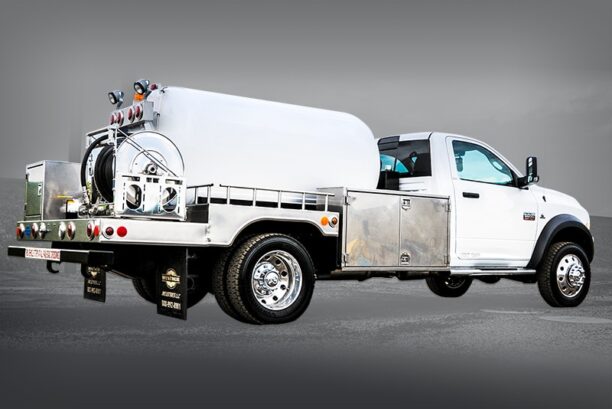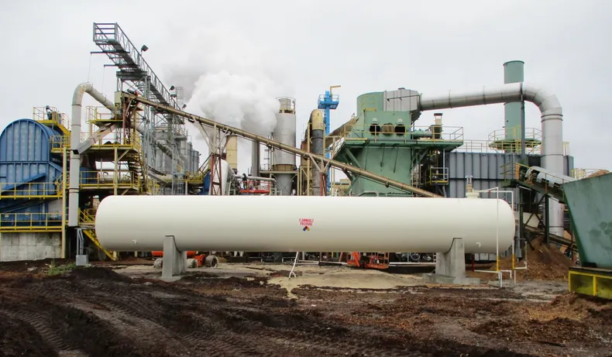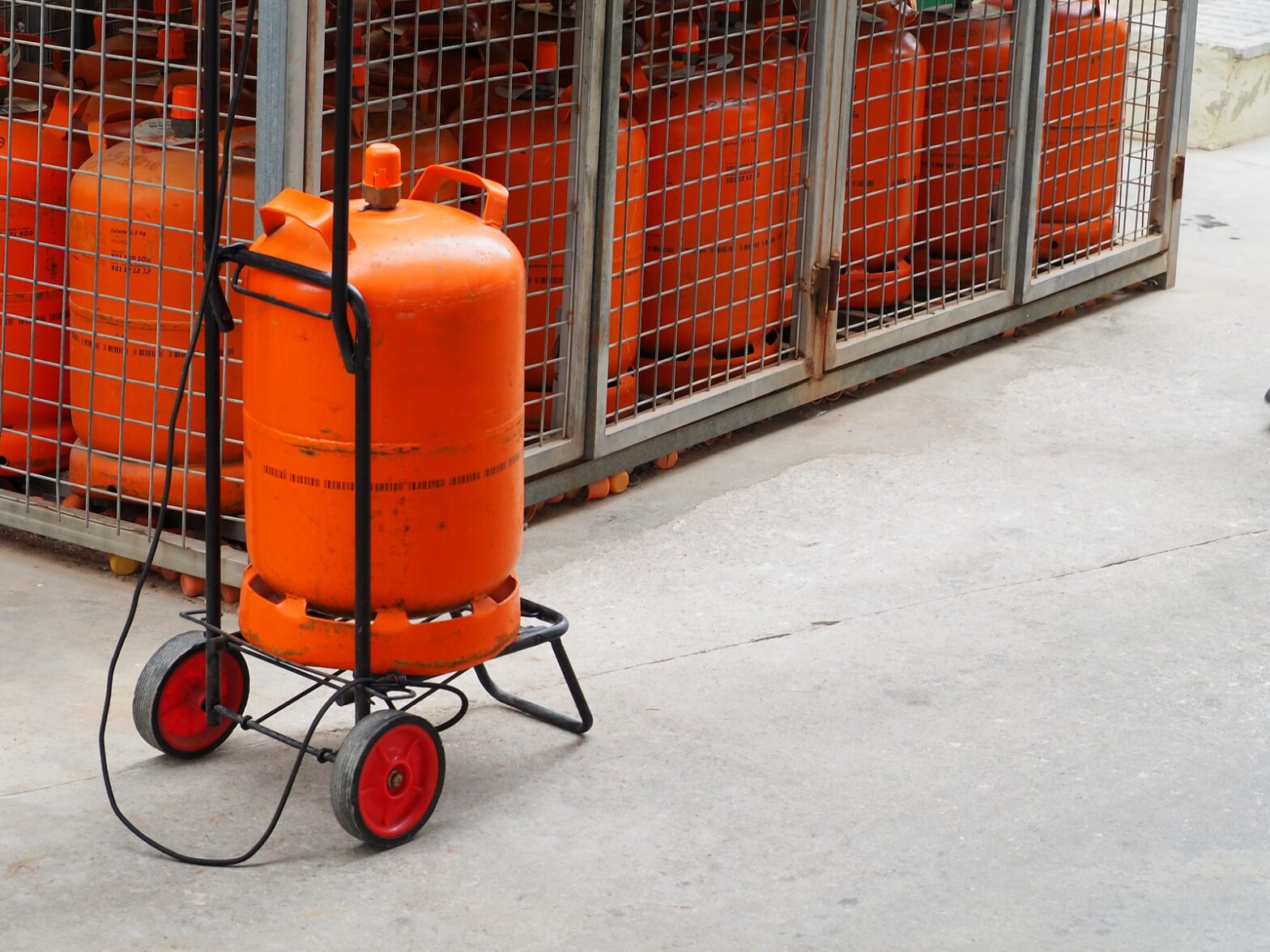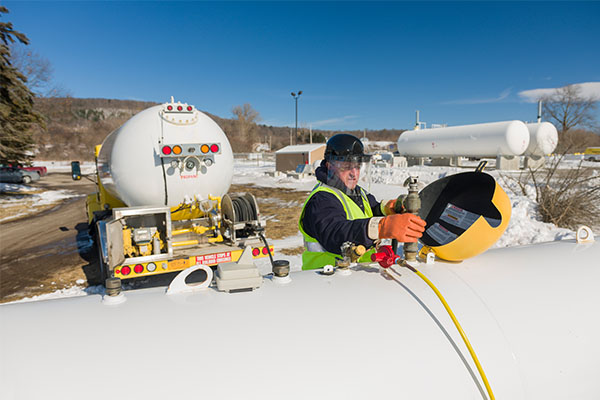The Evolution of Propane: A Green Revolution in Energy
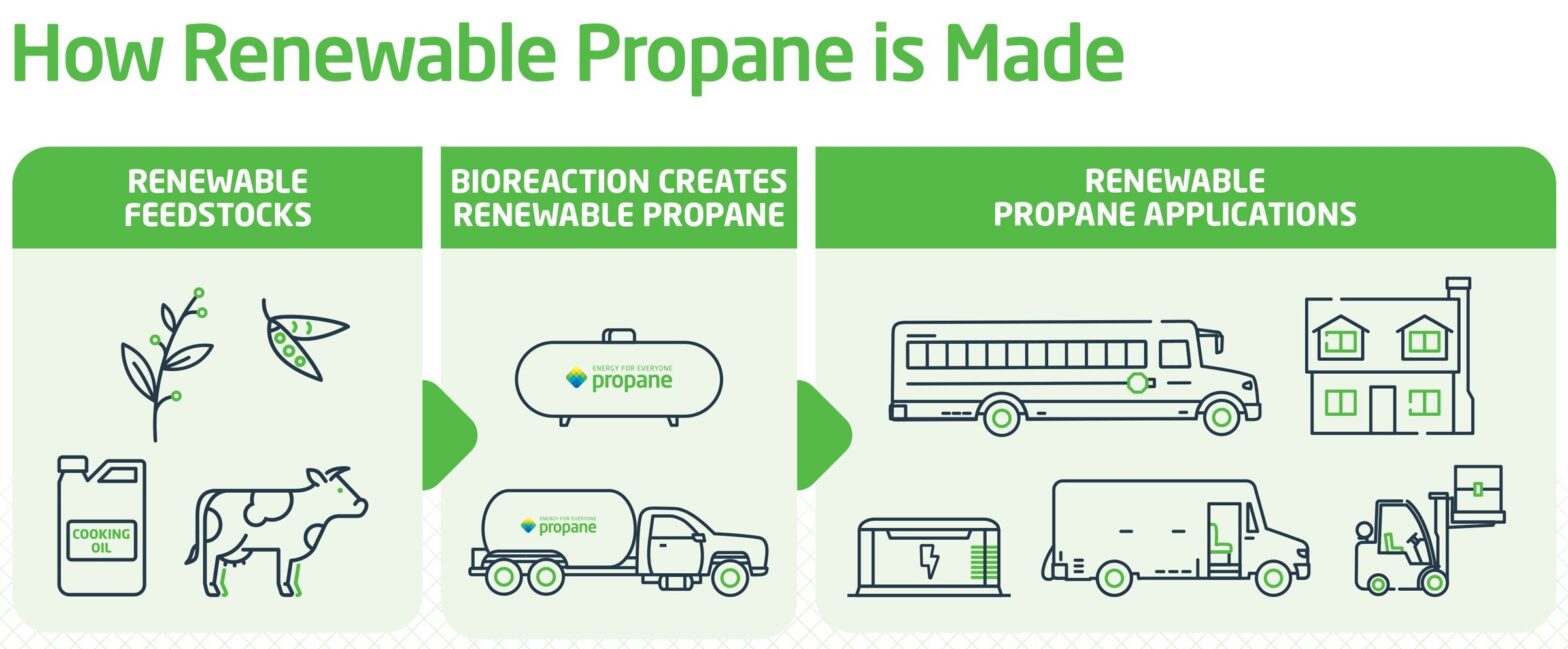
For over a century, propane has been an integral part of American households and businesses, providing reliable energy for various applications. Originating from Walter O. Snelling’s groundbreaking research, propane gained popularity as a versatile fuel for blowtorches, stoves, and other equipment, with the first bobtail trucks hitting U.S. roads in 1929. By 1945, propane sales had soared to 1 billion gallons, showcasing its widespread adoption.
Today, we are witnessing a new chapter in the propane saga with the advent of renewable propane gas (rPG) and innovative, eco-friendly blending products like renewable dimethyl ether (rDME). These advancements promise to retain the benefits of conventional propane while significantly reducing its carbon impact, approaching zero emissions.
Refinery Power: A Sustainable Co-Product
Similar to the origins of conventional propane as a byproduct of oil refining, renewable propane currently emerges as a co-product of biodiesel production. Biorefineries, where much of the rPG is generated, are utilizing this renewable propane to power the biodiesel production process, a sustainable alternative to conventional energy sources like natural gas.
Research conducted by the National Renewable Energy Laboratory for the Propane Education & Research Council indicates that recovering and selling rPG can present substantial revenue opportunities for biorefineries, with rapid capital recovery payback periods, sometimes as short as two months.
Propane Autogas: Driving a Cleaner Future
Transportation contributes significantly to greenhouse gas emissions, making the adoption of alternative fuels essential. Propane autogas emerges as a compelling alternative for light-, medium-, and heavy-duty vehicles, with approximately 60,000 autogas vehicles already on the road, according to the U.S. Department of Energy.
Compared to gasoline or diesel, conventional propane boasts significantly lower greenhouse gas emissions, with a carbon intensity score of only about one-fifth. Making the switch to autogas is not only environmentally friendly but also cost-effective, especially in comparison to transitioning to an electric vehicle fleet. The Renewable Fuel Standard Program further incentivizes producers of renewable propane autogas, enhancing their revenue streams.
Renewable Propane’s Growing Footprint
Renewable propane is gaining traction in various states, with retailers catering to residential and commercial customers in Oregon, Washington, New York, Vermont, and beyond. Currently employed in 16 states, the use of renewable propane is expected to expand as its benefits become more apparent.
Incentives for adopting this green fuel are abundant, particularly for existing propane-fired equipment that requires no modifications. The Inflation Reduction Act, offering tax credits for fuel with a carbon intensity rating below 47.4 gCO2eq/MJ after 2024, aligns well with renewable propane’s generally low score of around 20.
Home and business owners are increasingly seeking low-emission energy solutions without the exorbitant costs associated with electrification. The future holds immense opportunities for fuel producers, wholesalers, retailers, and their customers, with the U.S. production capacity for rPG and innovative blends expected to reach 277 million gallons by 2027.
As we witness the green revolution in energy, propane continues to evolve, offering a sustainable and efficient alternative for a cleaner, more environmentally-friendly future.






